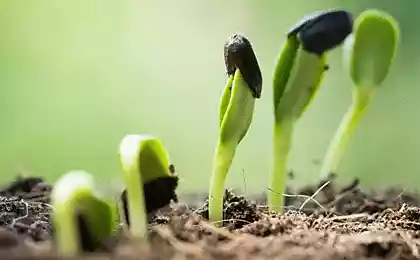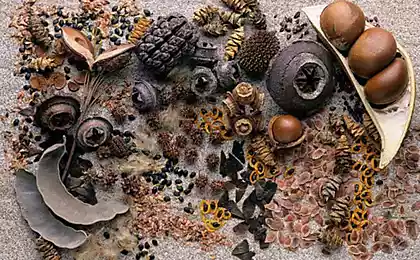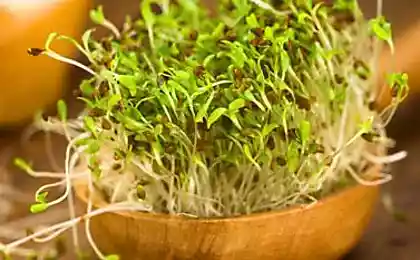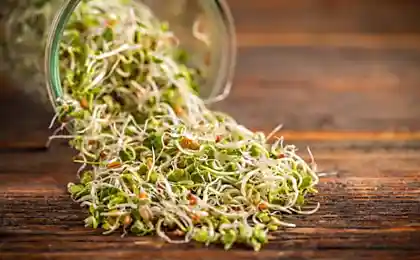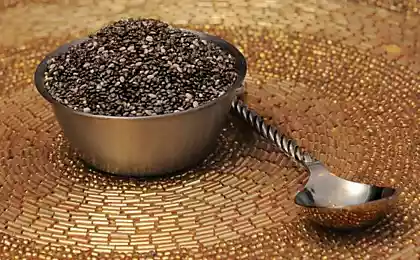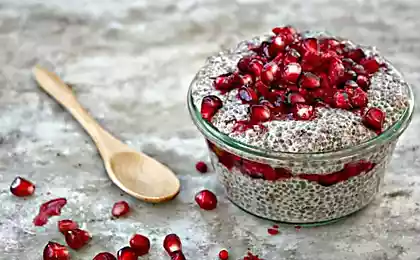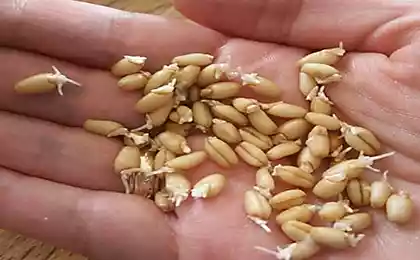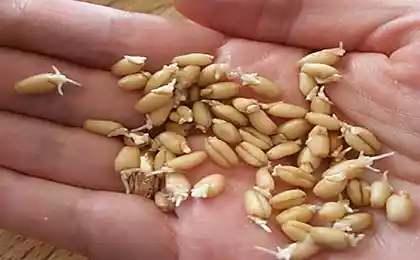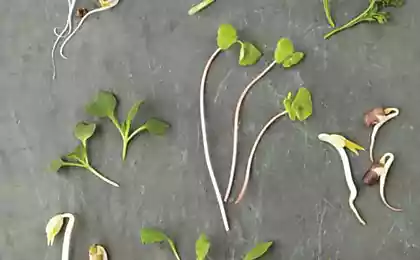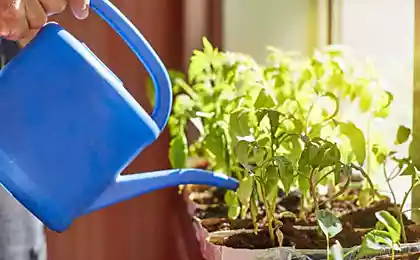156
How to get sprouted grains at home
Spring is a difficult time for the body. During this period, it is important to feed it with vitamins to improve immunity and protect against diseases. For this, sprouted grains and seeds are best suited. It's a real vitamin bomb. But how do you properly grow them?

DepositPhotos
Editorial "Site" tell you, germinate At home, retaining its full potential.
Sprouted seeds are the best product that can only be grown on a windowsill. This is not difficult and quite affordable, because most edible seeds are suitable for germination. So let's get straight to the process.
You'll need it.
Progress of work
This is one way to germinate grains and seeds, but there is room for experimentation. You can sprout on a plate. To do this, simply cover it with gauze or other fabric that absorbs water well. Pour seeds into one layer, pour them with boiled warm water. Remember that gauze should always be wet. This method is good for flax and mustard seeds.
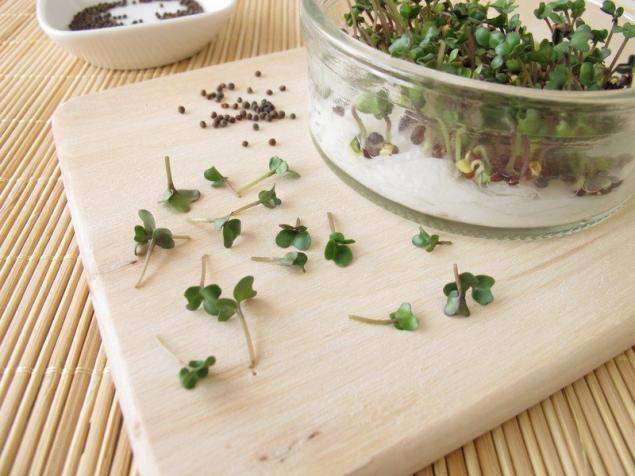
DepositPhotos
Another option is germination on the sieve. Just pour the seeds on a flat sieve, put a container under it where the water will flow. Don't forget to moisten the seeds.

We promised to tell you how to grow walnuts. Now, it's easy to do that. Take 1 kilogram of unpeeled nuts, place in a jar and pour cold water. Put the container on the window sill, do not forget to change the water every other day. Stir the nuts twice a day. In two weeks they will be ready to use. 2-3 peeled nuts twice a day - the key to good health.
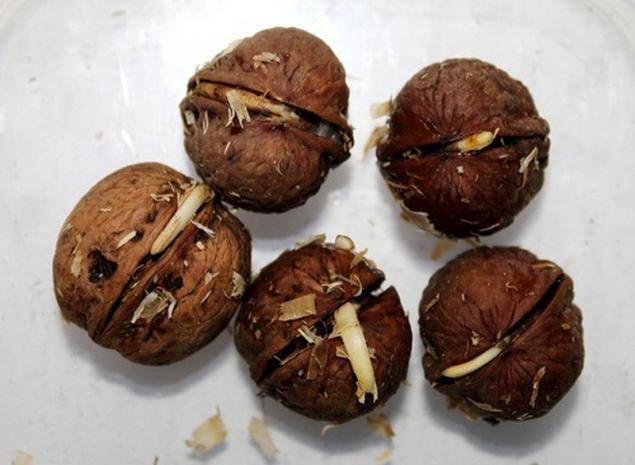
If the seeds (grains, nuts, beans) do not germinate, then a mistake was made in the process. Perhaps the seeds were not properly stored. If the seeds got moldy or started to rot, it was too wet for them. This is a delicate process, you need to regularly wet and dry the seeds, monitor the moisture level, but if done correctly, you will have useful and healing living enzymes that simply have no equal in the content of vitamins and trace elements.
Here you go. healthy food for every day! Now that you have sprouts, add them to all dishes. For example, sprouted buckwheat can be used as a side dish in the same way as boiled. To choose which seeds to sprout, learn about the benefits of different types of grains and seeds.
Interesting fact: if you eat 100 grams of sprouts every day, you can fill the body's need for magnesium and vitamins of group B. Would you like to know interesting recipes with sprouted grains? If so, let us know in the comments and we will definitely find a few unusual recipes for you!

DepositPhotos
Editorial "Site" tell you, germinate At home, retaining its full potential.
Sprouted seeds are the best product that can only be grown on a windowsill. This is not difficult and quite affordable, because most edible seeds are suitable for germination. So let's get straight to the process.
You'll need it.
- seeds not treated with chemicals
- bank
- gauze
- rubber
- water
Progress of work
- A word about seeds. Choose to your taste, it can be beans of any kind, soybeans, buckwheat, barley, chickpeas, rye, wheat, lentils, flax. You can still grow nuts, but we will talk about them a little later. If you decide on the seeds, you can start the process of sprouting. To begin, carefully sort the seeds: remove debris, husks, damaged and crushed grains.
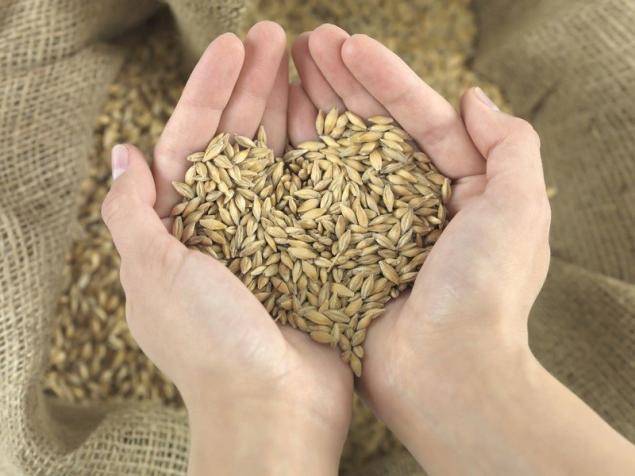
DepositPhotos - It is equally important to prepare the dishes. For a glass of seeds, a liter jar will be enough, which is desirable to sterilize. We recommend that only one type of seed be grown in one can.
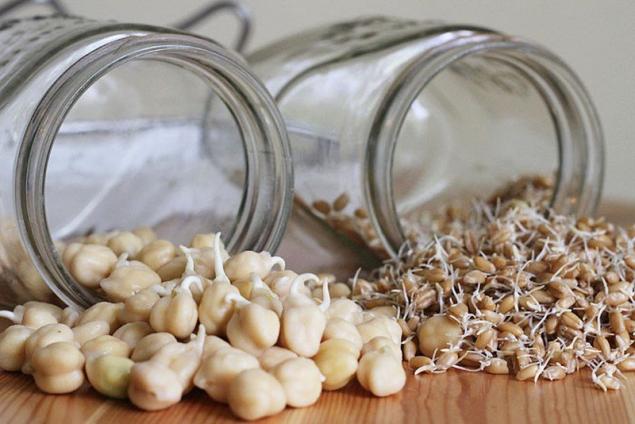
- Prepared seeds are thoroughly washed under running water. Place the grains in a container and pour water (it is desirable to use filtered or boiled water), leave overnight. During this time, the seeds will wake up.
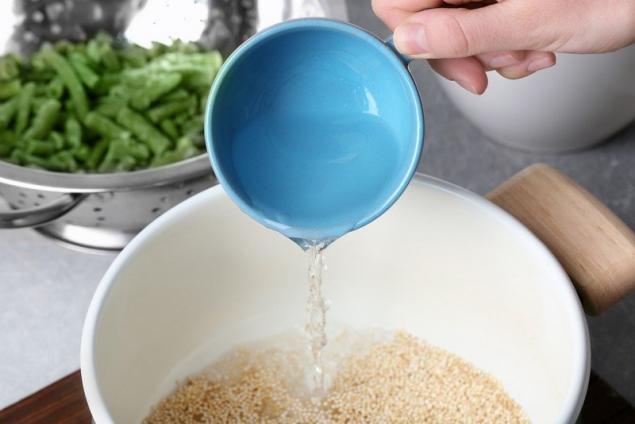
DepositPhotos - After 6-12 hours, drain the water, gently wash the seeds, place them in a jar. Cover a jar of gauze, put on a rubber band and tilt it to all the excess glass water. Then place the jar in a darkened place away from direct sunlight. Wash the seeds twice a day, draining excess water.
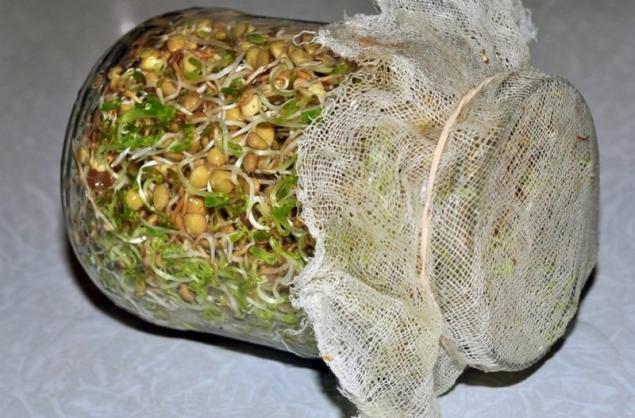
- The germination rate of all seeds, grains and beans is different. You will see when they are ready for use. Store sprouts in the refrigerator in a tightly closed container. Seed and husk can be removed, but it is better to use them with them.
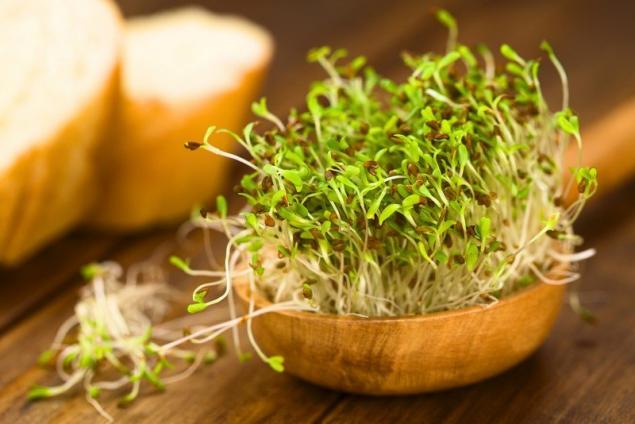
DepositPhotos
This is one way to germinate grains and seeds, but there is room for experimentation. You can sprout on a plate. To do this, simply cover it with gauze or other fabric that absorbs water well. Pour seeds into one layer, pour them with boiled warm water. Remember that gauze should always be wet. This method is good for flax and mustard seeds.

DepositPhotos
Another option is germination on the sieve. Just pour the seeds on a flat sieve, put a container under it where the water will flow. Don't forget to moisten the seeds.

We promised to tell you how to grow walnuts. Now, it's easy to do that. Take 1 kilogram of unpeeled nuts, place in a jar and pour cold water. Put the container on the window sill, do not forget to change the water every other day. Stir the nuts twice a day. In two weeks they will be ready to use. 2-3 peeled nuts twice a day - the key to good health.

If the seeds (grains, nuts, beans) do not germinate, then a mistake was made in the process. Perhaps the seeds were not properly stored. If the seeds got moldy or started to rot, it was too wet for them. This is a delicate process, you need to regularly wet and dry the seeds, monitor the moisture level, but if done correctly, you will have useful and healing living enzymes that simply have no equal in the content of vitamins and trace elements.
Here you go. healthy food for every day! Now that you have sprouts, add them to all dishes. For example, sprouted buckwheat can be used as a side dish in the same way as boiled. To choose which seeds to sprout, learn about the benefits of different types of grains and seeds.
Interesting fact: if you eat 100 grams of sprouts every day, you can fill the body's need for magnesium and vitamins of group B. Would you like to know interesting recipes with sprouted grains? If so, let us know in the comments and we will definitely find a few unusual recipes for you!
The basics of cooking potato roll
Those with a strap like No. 3 I wore in the late 80s. I know what to buy this season!









